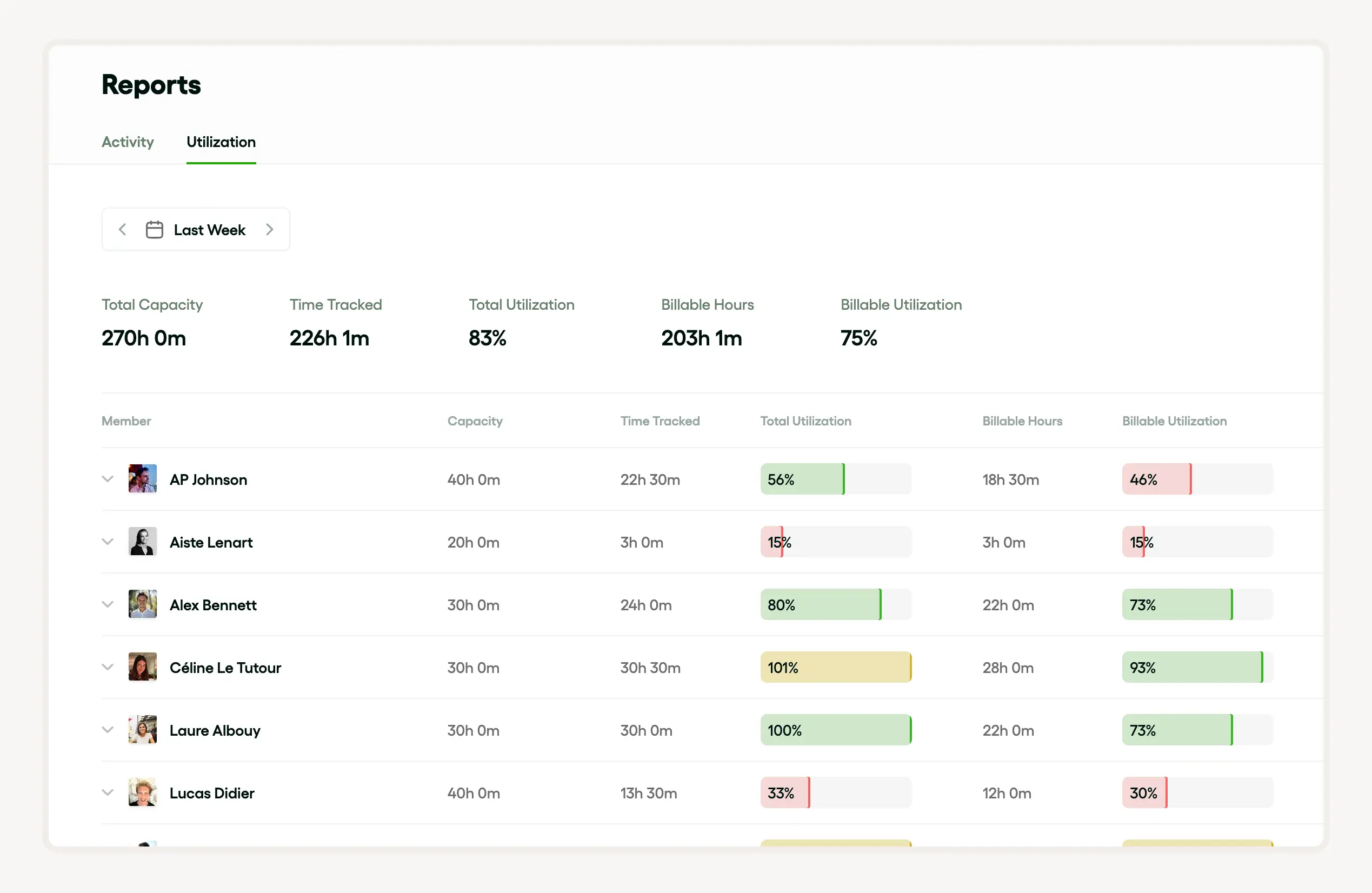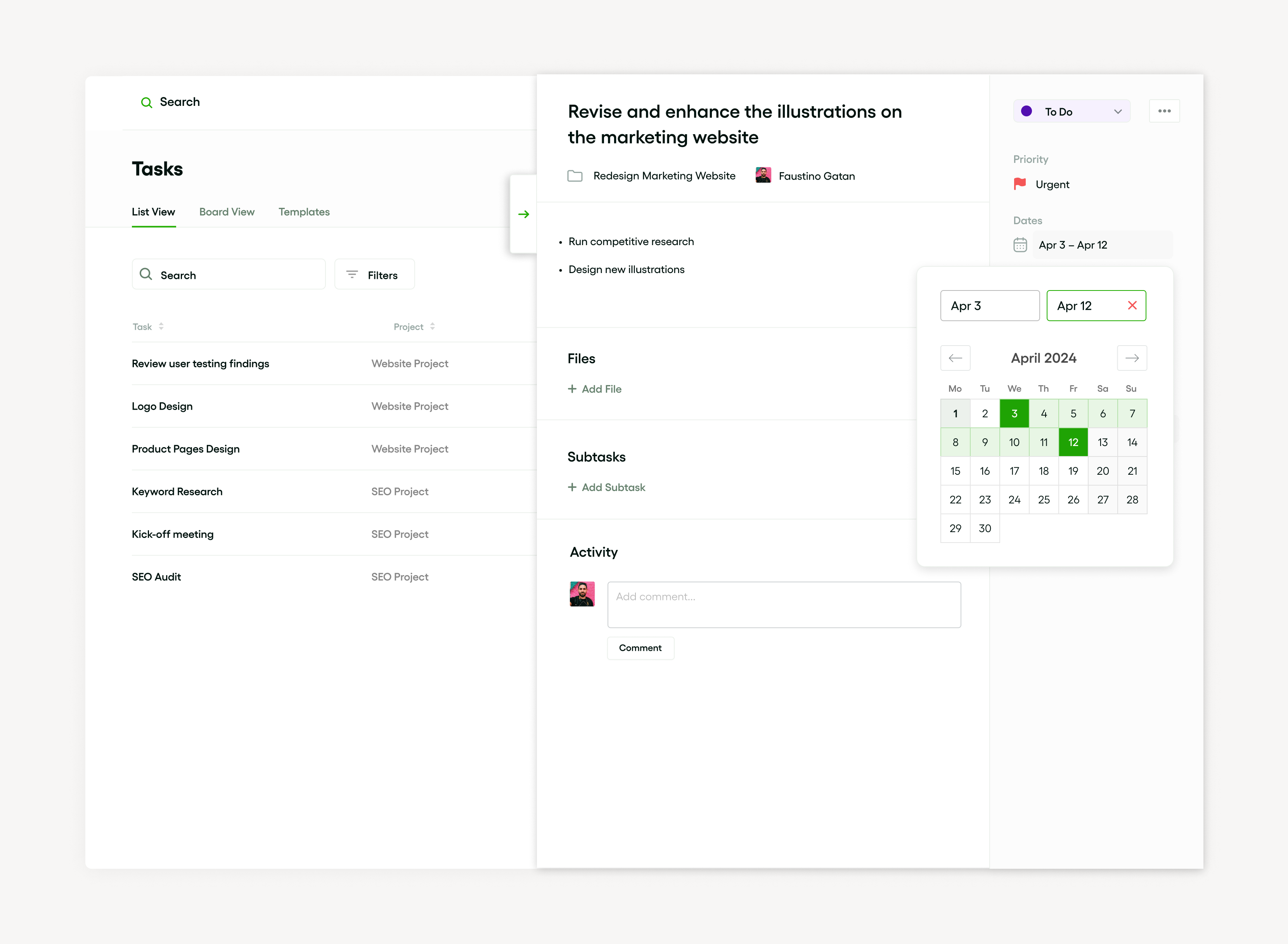Diving deep into the agile pool, high-performing agile teams are not just about sharing skill sets; they're about continuous mentoring and sticking to rigorous engineering practices. Picture a mosaic of agile visionaries, theorists, and developers orchestrating the agile symphony—from Scrum to Kanban, their agility is fine-tuned by principles that cultivate a dynamic, cross-functional group vibe.
This structure doesn’t just operate; it thrives by maximizing efficiency across distributed teams, powered by an agile dynamics model that keeps performance soaring even when scaling agile reaches new heights.
Introduction to Agile teams
Agile teams, be they cross-functional, distributed, or high-performing, are the epitome of adaptability, collaboration, and perpetual enhancement. Armed with Scrum and Kanban expertise, these teams sharpen shared skills and champion continuous mentoring, creating an agile dynamic potent enough to scale Agile systems efficiently.
The shift to Agile calls for an inclusive system where each team member pitches in, fostering teamwork that propels growth, rapid adaptation, and realization of the Agile vision.
Defining Agile teams
At their core, agile teams are a cross-functional crew bound by the common goal of agile transformation. Whether it's an agile developer, Scrum master, or product owner, they operate under the banner of shared skill sets and engineering practices, navigating the agile dynamics with ease.
Whether tweaking frameworks like Scrum or Kanban, these teams adapt swiftly, ensuring project success even within the fluidity of a distributed team.
The importance of Agile teams in today's business environment
In today’s ever-shifting market landscapes, agile teams have climbed to critical importance. Agile visionaries are overhauling traditional work systems, endorsing a culture where continuous mentoring and superior engineering practices are standard. Leading the charge, high-performing agile teams showcase the perks of this transformative era.

Utilizing methods like Scrum and Kanban, these teams have dialed up productivity and efficiency, with the rise of distributed teams and scaling agile practices amplifying enterprise capacities, spotlighting teamwork as a cornerstone of successful Agile transformations.
Maximizing productivity with Bonsai task management
Utilizing Bonsai Task Management to enhance efficiency involves making the most of its user-friendly features to streamline your workflow and keep things organized. Bonsai offers a variety of tools designed to help professionals, business owners, and creative individuals effectively manage their tasks.
Task automation
Bonsai CRM can do things automatically! It remembers your clients’ details and what you did in your projects. It can even do regular tasks like sending welcome emails, filling out forms, and sending letters. This means you have more time to do other things, and your clients get a smooth and professional experience.
- Bonsai allows you to automate repetitive tasks, such as client follow-ups, invoice reminders, and project updates.
- This automation guarantees tasks are completed consistently and on time, reducing human error and enhancing productivity.
- It allows you to focus on higher-priority activities, improving time management and overall productivity.

Project tracking
Bonsai's intuitive interface makes it easy for you to stay on top of your tasks and projects. You can set deadlines, assign tasks to your team, and track the time spent on each task. This level of transparency helps identify any obstacles and improve your workflow for better efficiency. The detailed overview of your projects ensures that you stay organized and meet deadlines on time.
- Track the ratio of billable hours to total hours worked, helping you gauge the financial efficiency of your projects.
- Access up-to-date information on team performance, allowing for timely adjustments and better decision-making.
- Utilize group utilization charts to visually represent data, making it easier to understand and communicate utilization levels across the organization.
- You can ensure balanced workloads, prevent burnout, and optimize resource allocation.

Integration
Integrate your financial data from various apps seamlessly with other tools like Google Calendar, Calendly, and Xero. This integration ensures that all your tasks and schedules are synchronized, minimizing the need to switch between different apps.
By having everything in one place, you save time and reduce the risk of missing important deadlines, leading to a more organized and efficient workflow.

By focusing on these aspects, you can enhance your productivity, stay organized, and ensure timely completion of your projects with Bonsai Task Management.
Understanding the structure of Agile teams
An agile team operates with flexibility, adaptivity, and efficiency in achieving their objectives. A visual representation of such efficiency can be seen in our explanation of an agency organizational chart. This structure can provide a clearer delineation of roles and responsibilities within an agile team.
Building an agile team effectively requires a clear understanding of your agency's unique needs and capabilities. It's more about understanding the process rather than the number of team members. Moreover, a good balance between tools, skills, and methodologies is critical for success.
High-performing agile teams typically boast an organic structure that thrives under agile dynamics, excelling in creating adaptive environments. These teams, diverse in roles from Agile visionaries to developers and theorists, collaborate symbiotically to scale agile methodologies.
By stepping away from traditional hierarchies to embrace a distributed team model and robust engineering practices, Agile transformation unfolds smoothly, fostering a culture rich in autonomy, respect, and teamwork.
Roles within an Agile team
An Agile team is a self-managing, cross-functional group focused on achieving set tasks. From the Agile developer applying engineering practices to the scrum master orchestrating agile dynamics, and the product owner prioritizing tasks, these roles are bolstered by agile visionaries and theorists driving high-performing teams.
With continuous mentoring and skill-sharing, these teams ensure seamless Kanban operations and effective scaling of agile, pivotal for any Agile transformation and teamwork success.
How Agile teams are organized
Known for their agility dynamics, high-performing agile teams are usually structured into small, cross-functional groups of developers, designers, and testers. These teams operate fluidly, adhering to frameworks like Scrum or Kanban, to meet the objectives set by agile visionaries.
Building a distributed team involves nurturing shared skill sets through continuous mentoring, enabling the team to handle the demands of scaling agile principles across larger projects efficiently, ensuring a smooth Agile transformation.
Key characteristics of Agile team structure
The agile team structure is marked by agility dynamics that promote constant adaptation and flexibility. Typically incorporating a cross-functional group, these teams blend diverse yet complementary skills to foster collaboration and shared skill sets. They often employ frameworks like Scrum and Kanban to manage tasks and workflows effectively.
Central to these high-performing teams are agile visionaries and theorists, who provide crucial guidance and expertise in engineering practices. Agile transformation is often essential, with continuous mentoring playing a vital role in reinforcing agile concepts among the team members.
Scaling agile to accommodate larger or distributed teams introduces complexities, but a well-prepared agile developer can manage these challenges, maintaining the team’s efficiency and productivity.
Principles guiding Agile teams
Agile teams thrive on principles that boost teamwork, continuous mentoring, and the manifestation of agile dynamics. Guided by Agile visionaries and theorists, teams adopt scrum, Kanban, and other engineering practices tailored to their needs. The goal? Build high-performing, cross-functional, and often distributed agile teams.
Agile teams aim for shared skill sets, with every developer capable of multiple roles. This versatility is crucial in scaling agile and aiding the transformation process. Continuous knowledge and skill exchange are central to their growth and productivity.
Overview of Agile principles
Agile principles are the backbone of successful project management, focusing on high-performing teams and engineering practices.
Visionaries advocate continuous mentoring, shared skill sets, and a cross-functional dynamic. This includes methods like Scrum and Kanban, catering to distributed teams and setting the stage for Agile transformation. Theorists emphasize scaling agile to larger operations, driving the agile developer mindset.
How Agile principles influence team performance
Agile principles significantly impact team performance. Through dynamics like scrum and Kanban, teams learn to adapt quickly, enhancing problem-solving and communication skills. Visionaries push for continuous mentoring, ensuring skill sets are consistently advanced.
This learning culture leads to superior engineering practices. Distributed teams benefit from Agile transformation, promoting a cross-functional approach and breaking down silos. Whether scaling Agile or as a single developer, agile principles foster a resilient, adaptive, and collaborative environment.
Tools and techniques used by Agile teams
When managing an agile team, it is essential to have an effective project management pipeline in place to ensure tasks flow smoothly from start to finish.
To increase effort efficiency within the agile team, it is vital to utilize powerful resource allocation software. This tool can distribute tasks evenly, ultimately reducing delivery times. Furthermore, it allows for better tracking and planning, leading to improved project outcomes.
In order to boost the effectiveness and productivity of an agile team, it's imperative to have a well-structured project roadmap. This not only lays out clear directions but also helps cater to unexpected changes. Remember, the key to a successful agile team is flexibility and adaptability, which a project roadmap can help reinforce.
In implementing an agile team approach, it's crucial to track billable hours accurately. This not only promotes accountability but also ensure that your business is appropriately compensated for its services. Therefore, using effective billing software for creative agencies is recommended.
Agile team management is far more flexible and adaptive to changes. However, it's crucial for such a team to still recognize the importance of the project management triple constraint (time, scope, cost), which helps maintain balance in any project. It ensures that agile teams are not just fast and adaptive, but also efficient and value-focused.
In order to implement Agile methodology effectively in your team, efficient systems must be in place. Having a clear and robust document management workflow is critical for streamlining work processes and fostering collaboration among team members. This not only improves productivity but also ensures that all team members are working towards the same goals.
In evolving project management practices, BAC project management techniques have shown to increase efficiency significantly in Agile teams.
The strength of the Project Management Institute's approach can greatly complement an agile team's way of working, bringing added leadership and structure.
An important aspect to consider within an agile team is resource loading. Prioritizing tasks and distributing resources effectively is crucial for success. Failure to manage resources properly can result in project delays and increased costs.
As a foundation for our agile team, we've implemented practices aimed at promoting adaptability and close collaboration. One such practice, we've discovered, is robust CRM and pipeline management which has proved instrumental in driving sales growth. This has helped us keep up with changing customer needs, prioritize tasks effectively, and ultimately, stay ahead in a competitive market.
An agile team can see significant productivity boosts and less wasted time with the implementation of specialized tools. For instance, using automation software can streamline various routine tasks, allowing the team to focus more on critical project aspects. This way, the agile approach becomes more efficient, resulting in quicker delivery and increased customer satisfaction.
Agile teams often struggle with time tracking due to their dynamic workflows. A potential solution can be using an advertising agency time tracking software, typically designed to handle complex schedules and tasks. Remember, effective time management can significantly increase productivity in an agile team.
A key aspect of an agile team is how they handle their digital assets and workflows. Utilizing something like professional hosting services designed for agencies can significantly streamline this process. This allows agile teams to focus more on their tasks and less on handling technical issues.
To successfully work in an agile team, proper management and organization techniques are paramount. Using the right tools, such as agency project management software, can greatly enhance the team's efficiency and productivity. This software eases communication, task assignment and monitoring, enabling the team remain agile.
In our everyday tasks, the simple CRM systems come handy to simplify and organize all our client interactions. Besides, it paves way for an efficient, foolproof method of managing our customer base. Hence, a seamless integration of such a system is imperative for any agile team.
Agile teams need to be especially efficient in managing their customer relationships, which often means utilizing specific tools. One such vital tool is discussed in our article on integrating CRM with social media channels. It not only helps in increasing communication efficiency but also serves as a sustainable approach to gaining customer insights.
Agile teams often need to visualize and manage their project timelines. An effective solution to this is utilizing a Gantt chart. This tool greatly assists in scheduling, coordinating tasks and tracking progress.
In our quest to improve your productivity, having an agile team specifically is not enough. You also need to consider the strategies for your outward promotions. Our previous post about Email Marketing Agency Pricing can be a good starting point for you.
The success of an agile team is contingent on their organization, communication, and ability to track efficient time management.

High-performing agile teams use various tools and techniques to manage workflow. Scrum, an agile framework, emphasizes teamwork, regular task reassessment, and plan adjustments. Kanban, a visual workflow method, helps teams visualize work, balance workload, and eliminate bottlenecks, enhancing dynamics.
Teams often use ‘scaling agile’ to adjust principles and practices for large, complex, and distributed teams. The goal is to maintain flexibility and collaboration, even with expanding team sizes and locations.
Achieving agile transformation may require a mix of engineering practices, ongoing training, and promoting shared skill sets within the cross-functional group.
Scrum: A framework for Agile teams
Scrum supports agile teams in managing and executing complex tasks. This dynamic framework, inspired by agile visionaries, promotes teamwork, embraces change, and consistently delivers value. Suitable for distributed and cross-functional teams, scrum enhances dynamics and fosters high performance.
Key principles include iterative development, continuous mentoring, and shared skill sets. This flexibility in engineering practices is a stepping stone towards agile transformation, playing a pivotal role in scaling practices across organizations.
Kanban: Visualizing work in progress
Kanban, a visual tool in agile dynamics, helps teams monitor work-in-progress effectively. It allows everyone, from visionaries to developers, to visualize workflow, facilitating transparency and better teamwork. It’s especially useful for distributed and cross-functional teams.
Kanban optimizes engineering practices and supports transformation by prioritizing tasks, revealing bottlenecks, and balancing workload. Continuous mentoring improves performance and promotes shared skill sets, paving the way for scaling agile across an organization.
Bonsai: Best tool for Agile project management
Bonsai is a top tool for Agile project management, offering features to improve efficiency and collaboration. It centralizes project tasks, documents, and communications, simplifying management.
- Bonsai’s task management tools enable effective task creation, assignment, and tracking, ensuring deadlines are met.
- Real-time collaboration features, like file sharing and comments, ensure smooth communication.
- Bonsai’s time tracking and budget management provide accurate project progress and financial insights. Automated workflows streamline processes, reducing errors and saving time.
.webp)
Overall, Bonsai equips teams to achieve outstanding results with effective agile project management tools.
Jira: A tool for Agile project management
Jira is a powerful tool for high-performing agile teams. It assists visionaries in dynamic project management, supporting methodologies like Scrum and Kanban. It enables large-scale teamwork, perfect for distributed or cross-functional groups.
The platform encourages continuous mentoring, fostering shared skill sets. Whether you’re an agile developer or scaling agile, Jira offers a comprehensive solution. It aids transformation by integrating engineering practices to deliver quality output.
Building high-performing Agile teams
When transitioning to an Agile team, it's crucial to understand the dynamics of team management. This understanding includes knowing how to maintain productivity, efficiency, and overall functionality of the team. You can learn more about this aspect from this comprehensive guide on software development team management.
In addition to implementing agile methodologies in your team, a catchy agency name can also enhance your brand's visibility and reputation. Carefully crafted workflow and robust team collaboration are key drivers for an agile team's success. However, don't forget the power of an appealing agency name that can enable your agile team to stand out from the competition.
In our Agile team, we not only focus on constantly improving our techniques and practices, but also aim to develop an efficient sales funnel to maximize our team's output and potential.
Constructing high-performing agile teams is no small feat—it demands a deep dive into agile dynamics, robust engineering practices, and stellar teamwork. The recipe includes a blend of agile visionaries, theorists, and developers who champion the use of Scrum and Kanban frameworks, crafting a cross-functional group where shared skill sets flourish, crucial for nurturing a productive distributed team.
The role of continuous mentoring is paramount in scaling agile, shaping teams into value-driven, self-organizing powerhouses that embody the essence of Agile transformation. The process hinges on every team member embracing these principles wholeheartedly.
Key factors for building high-performing Agile teams
The construction of high-performing agile teams revolves around pivotal factors in agile dynamics such as solid engineering practices, relentless mentoring, and fostering a cross-functional group dynamic. Agile visionaries stand at the helm, steering the team with a keen sense of teamwork. Deploying Scrum or Kanban methodologies bolsters team efficiency.
Unearthing and empowering shared skill sets within the team transforms each member not only into an agile developer but also a pivotal part of the transformation process, enabling the scaling of agile. Through these principles, even distributed teams can harness the power of Agile transformation to ascend to high performance.
Role of leadership in Agile teams
Leadership in agile teams is a cornerstone, cultivating a culture of teamwork, facilitating continuous mentoring, and steering the Agile transformation. Agile visionaries, adept at predicting market trends and swiftly adjusting to changes, drive product direction.
Whether it’s Scrum, Kanban, or scaling agile, leaders foster high-performing agile teams by promoting shared skill sets and collaboration within cross-functional groups. They champion engineering best practices and bolster the growth of Agile developers in distributed teams, making visionary leadership pivotal in the Agile transformation journey.
Challenges faced by Agile teams and how to overcome them

Agile teams navigate a maze of challenges such as coordinating distributed teams, scaling agile, and ensuring uninterrupted mentoring. Communication gaps and time-zone disparities in distributed environments are mitigated by promoting engagements in cross-functional groups and leveraging agile tools like Scrum or Kanban.
Scaling agile across larger projects may seem daunting, but agile visionaries and theorists advocate for incrementally applying agile dynamics, underpinned by solid engineering practices.
Cultivating a learning environment, though challenging, is crucial; continuous mentoring and fostering shared skill sets among agile developers can significantly aid high-performing agile teams on their Agile transformation odyssey.
Common challenges in Agile teams
Agile teams frequently grapple with challenges like maintaining clear, effective communication—vital in environments where agile dynamics depend heavily on regular interactions. Embedding Agile transformation in traditional workplaces can be intimidating, necessitating a shift in mindset and enhanced collaboration in cross-functional groups.
Furthermore, forming high-performing agile teams demands ongoing mentoring and shared skill sets, which can occasionally slow development speed, especially when scaling agile.
Strategies to overcome Agile team challenges
Overcoming hurdles in high-performing agile teams is essential; promoting continuous mentoring and cultivating shared skill sets creates an environment ripe for learning, growth, and seamless collaboration. Implementing engineering practices such as Kanban maintains transparent workflows and optimizes productivity.
Moreover, distributed teams should embrace agile dynamics and maintain frequent communication to align with the team’s agile visionaries. Additionally, crucial to the process, scaling agile facilitates larger, cross-functional groups to collaborate effectively during Agile transformation, underscoring the importance of teamwork.
Conclusion: The future of Agile teams
Looking ahead, the trajectory of agile teams is set to be defined by the continuous evolution and application of agile dynamics, with high-performing teams taking the spotlight.
Agile visionaries and theorists will persist in enhancing teamwork through models like Scrum and Kanban, improving coordination among distributed teams. A shift toward more comprehensive engineering practices and shared skill sets is anticipated as well.
Expect continuous mentoring to rise in prominence, setting the stage for augmented proficiency among agile developers. The scaling of agile within cross-functional groups and a comprehensive Agile transformation will continue to be pivotal, driving growth and reinvention in the rapidly evolving digital landscape.







